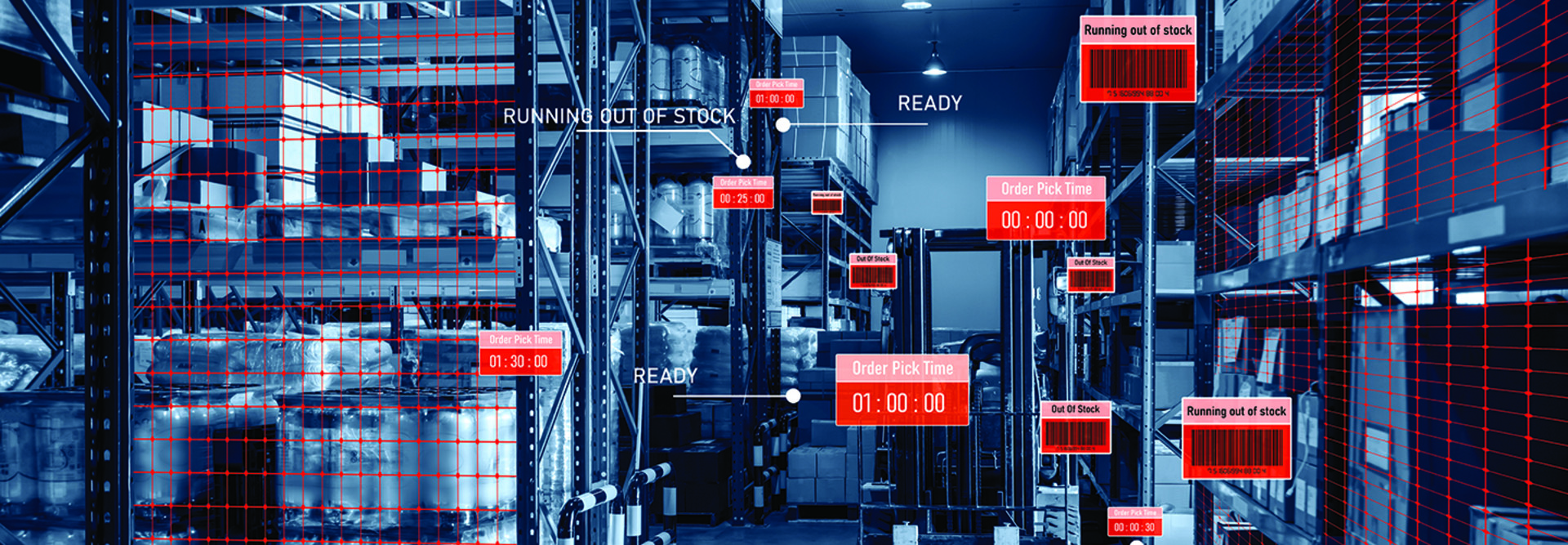As consumers have become accustomed to this type of automation, smart shelves have slowly re-emerged as a potential opportunity for growth — and this time, cloud-based data can help maximize the experience. One of the key innovators in this space is Amazon, which, in 2018, launched a store concept called Amazon Go, where people can purchase products simply by picking them up from a shelf. They can even leave without making a payment transaction, as customers will be directly charged after walking through the exit. The initiative, which currently has 29 locations nationwide, leverages the company’s supply chain strengths, as well as the cloud-based capabilities of Amazon Web Services.
What Are the Benefits of Smart Shelves for Retailers?
It’s not just Amazon that is showing interest in smart shelves; other retailers are getting in on the concept as part of a broader growth in interest around smart supermarkets. Smart supermarkets integrate elements such as smart shopping carts to automatically track purchases and even promote products to customers in a more targeted fashion. Microsoft, for example, is teaming with Kroger on an initiative to make the grocer’s shelves smarter.
These developments could not only help the supply chain but could also potentially reshape the retail experience if integrated with frictionless shopping concepts that allow people to buy products without having to go through a checkout process. A 2020 white paper from IDC, sponsored by Dell Technologies and Intel, recommends integrating frictionless shopping concepts with computer vision and artificial intelligence to do this most effectively.
Smart shelves can also help limit the amount of manual labor required to update price tags, another approach used by Microsoft and Kroger. The system, based on a Microsoft Azure cloud solution, uses low-power LCD screens that can display pricing information and targeted promotions.
MORE FOR RETAIL: Dive into the technology that will shape the industry in 2022.
Smart shelves are not limited to grocery stores and retail outlets. Organizations are increasingly using the technology to track stock levels in warehouses, offering a more reliable way to track the supply chain that minimizes lost and excess inventory.
How Do Smart Shelves Use IoT Technology?
Internet of Things (IoT) technology is a significant part of smart shelf implementation. Such shelves rely on various kinds of connected devices including smart scales, which can detect if an object is removed from a specific place and identify when an object needs to be replaced. In some more recent use cases, grocers have tried adding cameras to shelves in an effort to personalize the experience for shoppers.
These approaches can tie into the shopping experience in other ways as well, such reflecting inventory on digital signage or showing whether an item is in stock on a retailer’s mobile app.
How Can Retailers Use RFID to Track Inventory?
One of the more traditional elements of smart shelf technology is radio-frequency identification (RFID), a tracking tool that can show where an item is in the supply chain process.
While the technology is not new and has at times been used as an evolution of the barcode, the technology’s individualized nature makes it a good fit for smart shelf implementations across the supply chain.
Fast-fashion retailers have taken advantage of RFID to cut down on the amount of inventory needed in stock, allowing retailers to improve their vertical integration and only produce the products that are likely to sell.
As Harvard Business Review notes, RFID is used as just one tool in a broader strategy to glean intelligence about the success of specific items on the retail floor.
Click the banner to receive exclusive coverage of emerging tech when you register as an Insider.













